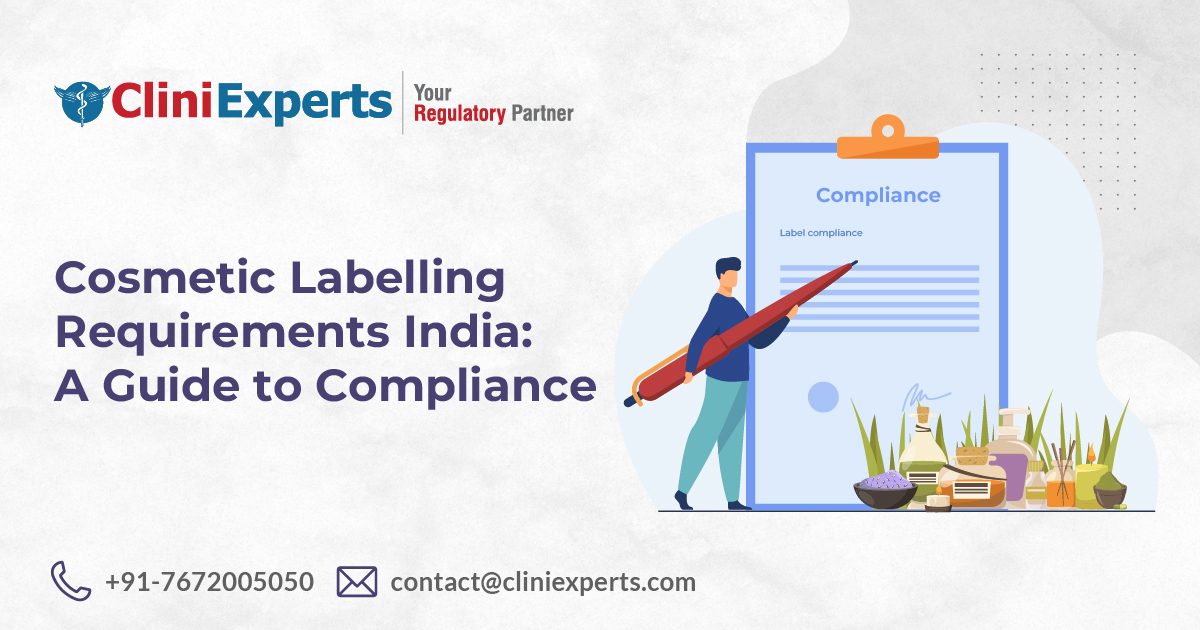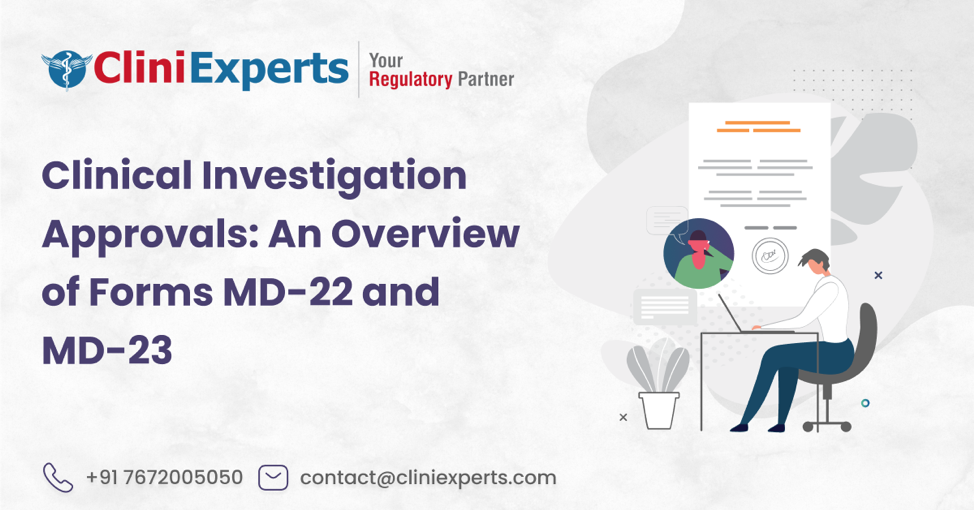Table of Contents
Self-Assessment/Audit of Unit for GMP/GLP Compliance
The Indian government has brought about some major changes with regards to the rules and regulations governing the manufacturing to enhance the quality of products used in the healthcare industry. As India being a major market for the healthcare-related products and its services, these modifications to the existing regulations are going to affect several small and large scale business. Some of these changes include the introduction of self-audit or self-assessment of Good Laboratory Practices (GLP) and Good Manufacturing Practices (GMP). The details of this can be found in the Drugs and Cosmetics Act and Rules in Schedule L-1 and Schedule M. All these rules and regulations are governed by the Ministry of Health and Family Welfare.
Importance of GMP/GLP:
GLP and GMP guidelines help to regulate the manufacturing of products i.e. drugs, cosmetics, & medical devices for ensuring public safety and its efficacy. This will ensure that the final product is safe and effective for use and can be introduced in the market.
These regulations are said to be at par to international standards that will strengthen the Indian pharmaceutical industry enabling local manufacturers to develop products that have international value. Even a small laboratory that is established in rural India, which manufactures drugs that comply with the requirements of the GLP and GMP can find itself, global buyers.
This step is a boon not only for manufacturers and suppliers but also the end users. An average consumer cannot directly judge the quality, effectiveness, or safety of the drugs. It may also be difficult to keep a track of the variations that may exist in similar products produced by different manufacturers. Having a uniform manufacturing practice across the industry helps deliver a standardized product. Thus, the consumer does not have to conduct a thorough research before purchasing the product and can rely on its safety.
If all manufacturers are required to maintain a particular product quality, this ensures that even the low-priced goods meet the standard requirements. Thus, the people do not have to pay higher costs and the product becomes more affordable. This also helps increase competition between manufacturers and suppliers, which in-turn can benefit the public.
Rules for GLP and GMP:
GLP and GMP include several rules and regulations that need to be followed and documented regularly. These include hiring appropriately qualified staff that can perform the required tasks. The premises need to be as per the guidelines and should have appropriate lighting, ventilation, as well as drainage facilities. The staff working in the laboratory should have the necessary qualifications, proper training, and adequate experience. The equipment needs to be standardized and housed in a dust-free environment. For all equipment, chemicals, and reagents, the conditions of temperature and humidity should be maintained. All equipment should be timely serviced and calibrated to avoid errors.
Standard operating procedures need to be documented in manuals. They should be detailed and give clear instructions on what needs to be done. These need to be followed at all times. Any residual sample should be stored under appropriate conditions for a period of 1 year after the final report.
As per the new guidelines, the self-assessment of GMP and GLP practices will reduce the burden on the Government and increase responsibility on manufacturers to comply with rules and become self-regulated.
REFERENCE
- File No. 7-5/2016/Misc./041. Directorate General of Health Services. CDSCO, FDA Bhawan. New Delhi.
Saurangi is a food regulatory expert with 8 years of experience. She shares her knowledge and insights on regulatory updates, food trends, best practices, and news. Follow her for expert insights and practical advice on all things for food regulatory
Saurangi Shah
CliniExperts Services Pvt. Ltd.
Recent Posts
Organic Food Labelling In India| Certification, and Import of Organic Food in India

This Article is All About Organic Food Labelling In India and Certification, and Import of Organic Food in India. Explained in Detail About What is Organic Food labelling? Summary Short Description Wi..
Cosmetic Label Compliance India : A Guide to Compliance

Introduction Looking for Cosmetic Label Compliance India? Are you a cosmetic manufacturer or importer navigating the complex world of Indian regulations? Ensuring your product labels comply with the l..
Clinical Investigation Approvals: An Overview of Forms MD-22 and MD-23

Summary Short Description Strict regulatory protocols govern clinical investigations for medical devices. Central to this process are forms MD-22 and MD-23. Form MD-22 is an application to Central Lic..
HAVE A QUERY?
REACH US!Office
New Delhi
Unit No. 324 & 325, City Centre Mall, Plot No. 5, Sector 12, Dwarka, India - 110075
+917672005050
Bengaluru
RMZ Galleria, 1st floor, Ambedkar Colony, Yelahanka, Bengaluru, Karnataka, India – 560064
Call us on
Sales: +91 7672005050
Reception: +91-11-45214546
Timings
9 am to 6 pm (Monday to Friday)


